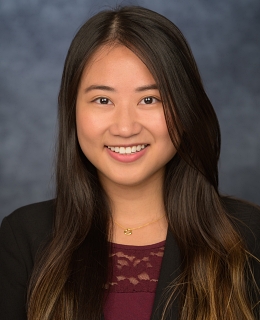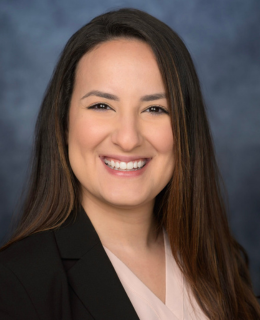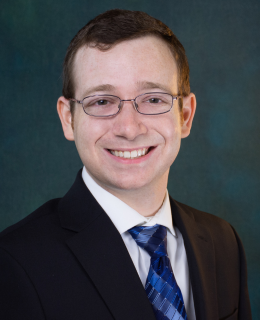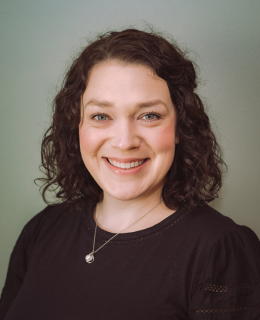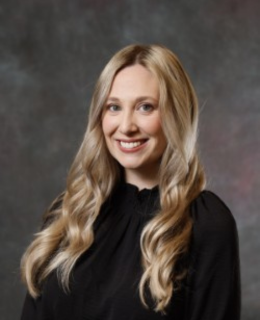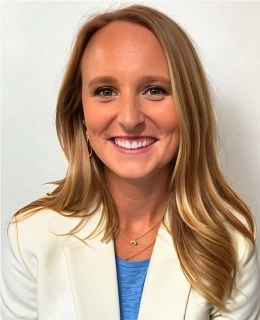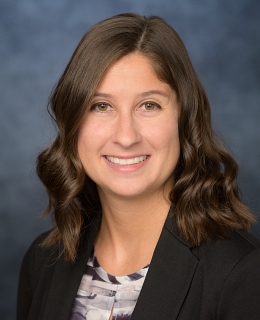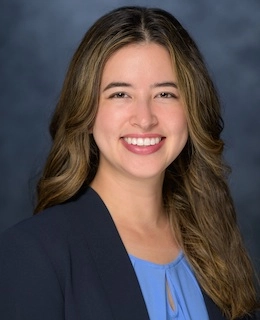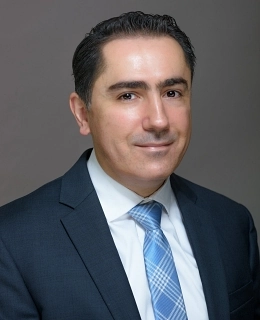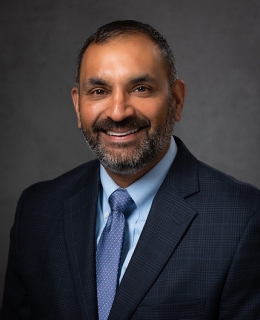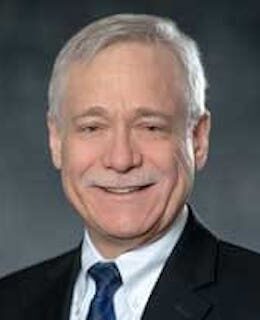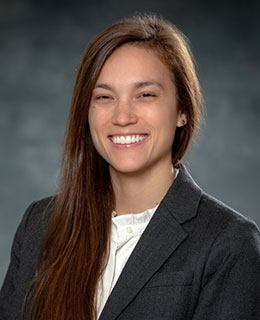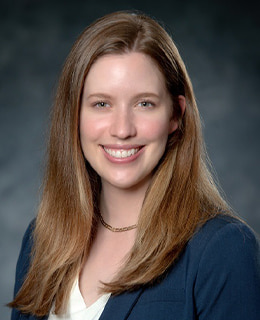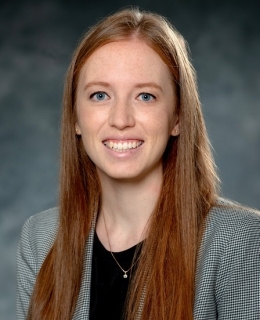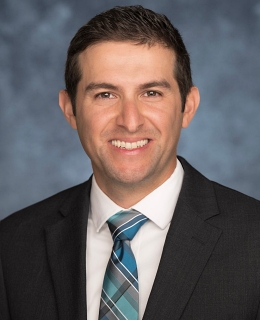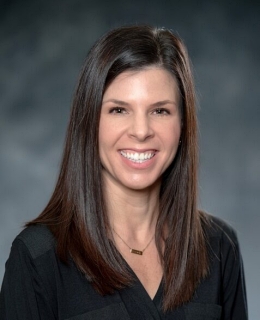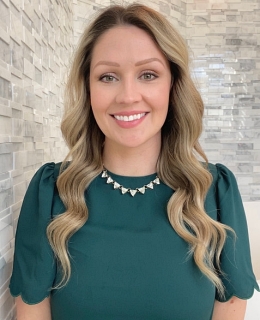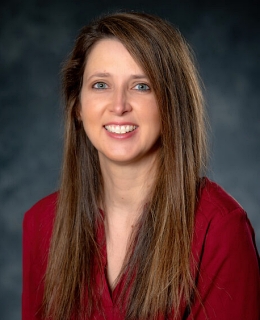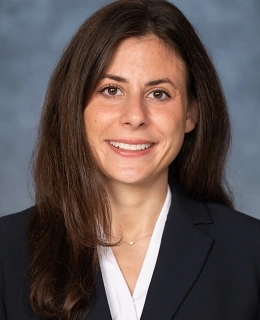
Macular Degeneration
Macular degeneration, also known as age-related macular degeneration (AMD), is a common condition in older adults and the leading cause of vision loss in people ages 50 and older. Macular degeneration affects the macula, the part of the retina responsible for the crisp, detailed central vision needed for reading or
Trusted Source
What is Macular Degeneration?
1 American Academy of Ophthalmology
Go to Source
driving.
The speed at which AMD advances is variable. In some patients, the condition progresses slowly and the changes in vision are imperceptible for some time. In others, the disease moves at an accelerated pace, leading relatively quickly to loss of central vision in one or both eyes. While AMD does not result in complete blindness because some peripheral vision always remains, it does make ordinary activities, particularly those that require close visual acuity, increasingly difficult.
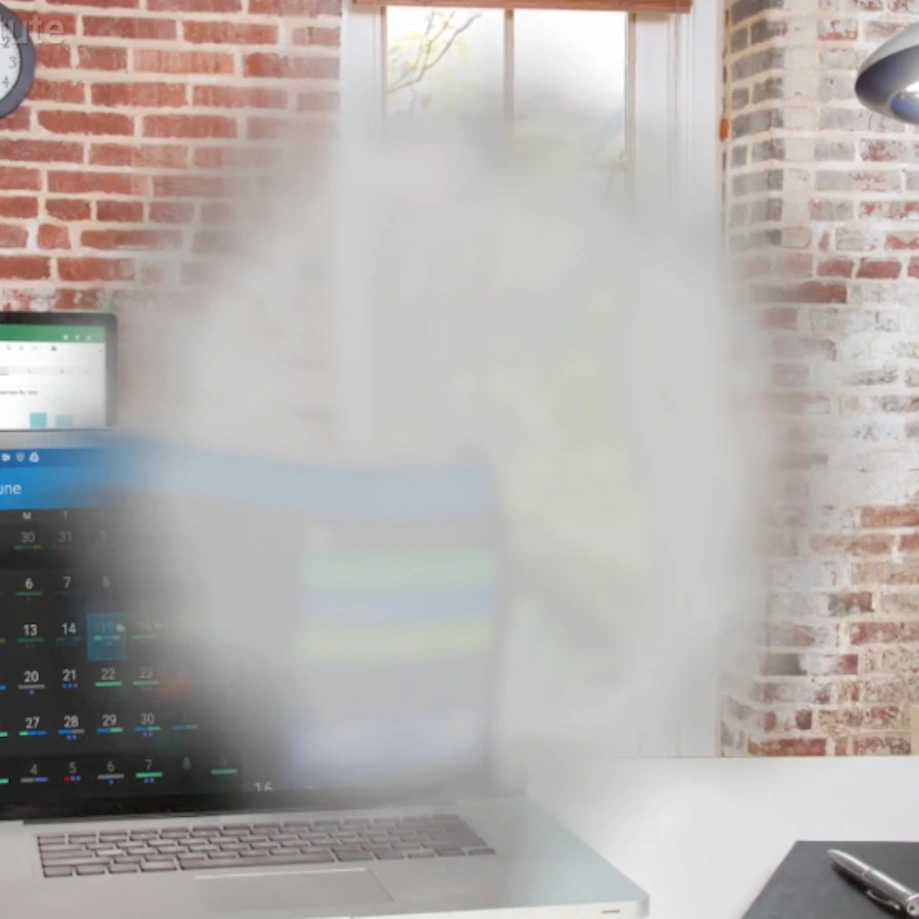
Types of Macular Degeneration
Macular degeneration can be classified as either dry (non-neovascular) or wet (neovascular). Dry macular degeneration is the more common diagnosis, and is considered to be an early stage of the disease. This form of the disorder usually develops as the macular tissues thin during aging. Deposits of pigment within the macula may also occur.
In only about 10 percent of patients does the condition progress to the more advanced form of the disease. If this occurs and the patient develops wet macular degeneration, new abnormal blood vessels develop beneath the macula, causing a leakage of blood and fluid. This leakage can lead to the creation of blind spots and permanent damage to central vision. With either type of macular degeneration, peripheral vision is maintained.
Stages of Macular Degeneration
There are three stages of AMD. These stages are designated both by signs detected by the ophthalmologist and symptoms experienced by the patient.
Early Stage AMD
During early AMD, the physician can diagnose the illness by the presence of more than the usual number of medium-size drusen (yellow deposits under the retina). Typically, patients with early AMD are not yet experiencing any loss of vision.
Intermediate Stage AMD
When a patient is in the intermediate stage of AMD, the doctor observes large drusen as well as possible changes in retinal pigment. While some patients at this stage may experience small gaps in vision, most patients with intermediate AMD do not experience any significant vision loss.
Late Stage AMD
During late stage AMD, patients have enough damage to the macula to experience significant vision loss. The two types of late AMD are:
- Dry, or geographic, in which macula tissue degenerates
- Wet, or neovascular, in which abnormal blood vessels grow
In the wet type of AMD, which progresses more rapidly than the dry, the newly developed blood vessels may leak blood and fluid. Visual loss in dry AMD usually occurs more gradually. Ninety percent of patients diagnosed with AMD have the dry variety, but approximately 10 percent of these patients later develop the wet variety of the disorder. Although patients with either type may experience vision loss, wet AMD not only progresses more rapidly, but usually results in greater visual damage.
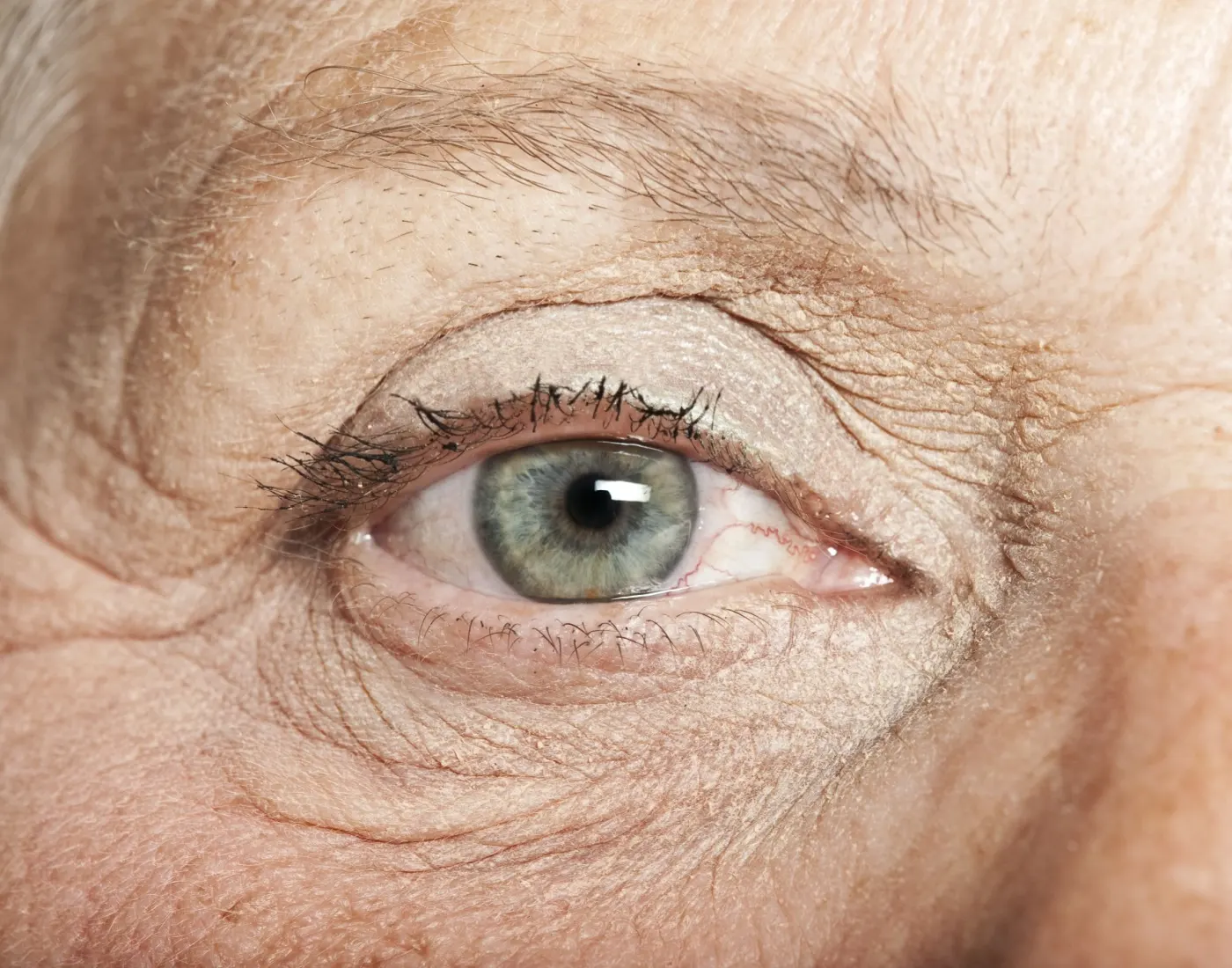
Risk Factors for Macular Degeneration
As people age, everyone is at risk for macular degeneration, but some people are at elevated risk due to genetic and/or environmental factors. Some individuals have a genetic variant known as complement factor H that makes them more likely to develop this condition. Nearly half of the cases of blindness associated with macular degeneration are linked to this genetic deficiency.
Macular degeneration is most common in females and people with light skin or eye color, and the risk for all patients increases as they age. Over
Trusted Source
Age-Related Macular Degeneration: Facts & Figures
2 BrightFocus Foundation
Go to Source
30 percent
of adults age 75 and older have been diagnosed with advanced or intermediate age-related macular degeneration.
Other factors that may increase the risk of developing macular degeneration include:
- Obesity
- Smoking
- High fat diet
- Lack of exercise
- Elevated cholesterol levels
- Prolonged sun exposure
- High blood pressure
- Certain medications

Minimizing Risk of Macular Degeneration
There are three easy ways you can minimize your risk including:
- Exercise
- Eating a diet rich in Omega-3 fatty acids
- Getting regular eye examinations
Diagnosis of Macular Degeneration
The ophthalmologist may be able to detect early signs of macular degeneration through a regular eye examination while the patient is still asymptomatic. This is one of the many reasons why it is so important to undergo regular eye exams.
In order to definitively diagnose AMD, any or all of the following are
Trusted Source
Age-Related Macular Degeneration
4 National Eye Institute
Go to Source
necessary:
- Visual acuity test
- Physical examination of the back of the eye after dilation
- Amsler grid test for central vision
- Fluorescein angiogram, in which dye highlights the blood vessels
- Optical coherence tomography (OCT)
During the physical examination of the eye, the ophthalmologist takes particular care to look for pigment changes under the retina, as well as for drusen. Treating detecting macular degeneration and other serious eye conditions as early as possible can help to prevent permanent loss of
Trusted Source
How is AMD Diagnosed and Treated?
3 American Academy of Ophthalmologists
Go to Source
vision.
Treatment of Macular Degeneration
While there is no cure for macular degeneration, there are several treatment options available to help patients manage this condition and preserve their vision. The best treatment option for each patient depends on the severity and type of the condition, as well as how much, if any, permanent vision loss has occurred.
Traditionally recommended treatments for AMD may include one or more of the following, each of which approaches controlling AMD in a somewhat different way:
- Vitamin and mineral supplementation known as AREDS or AREDS2
- Injections of anti-VEGF (vascular endothelial growth factor)
- Laser therapy
- Laser submacular surgery
- Use of low vision aids
SUSVIMO™ Macular Degeneration Treatment
Cincinnati Eye Institute is excited to offer a revolutionary treatment for age-related macular degeneration. SUSVIMO is a refillable implant with a port delivery system, which means that the medication (ranibizumab) that treats AMD is continuously delivered in a customized formula. Once SUSVIMO is implanted, patients require just two in-office treatments per year. SUSVIMO can be a more convenient alternative to monthly anti-VEGF eye injections; this first-of-its-kind AMD treatment can help patients maintain vision without the need for frequent procedures. Dr. Daniel Miller, an ophthalmologist at Cincinnati Eye Institute was a co-investigator during the clinical trials for FDA approval and he was among the first eye doctors in the tri-state area to implant SUSVIMO after FDA approval. Contact us to learn if SUSVIMO might be right for you.
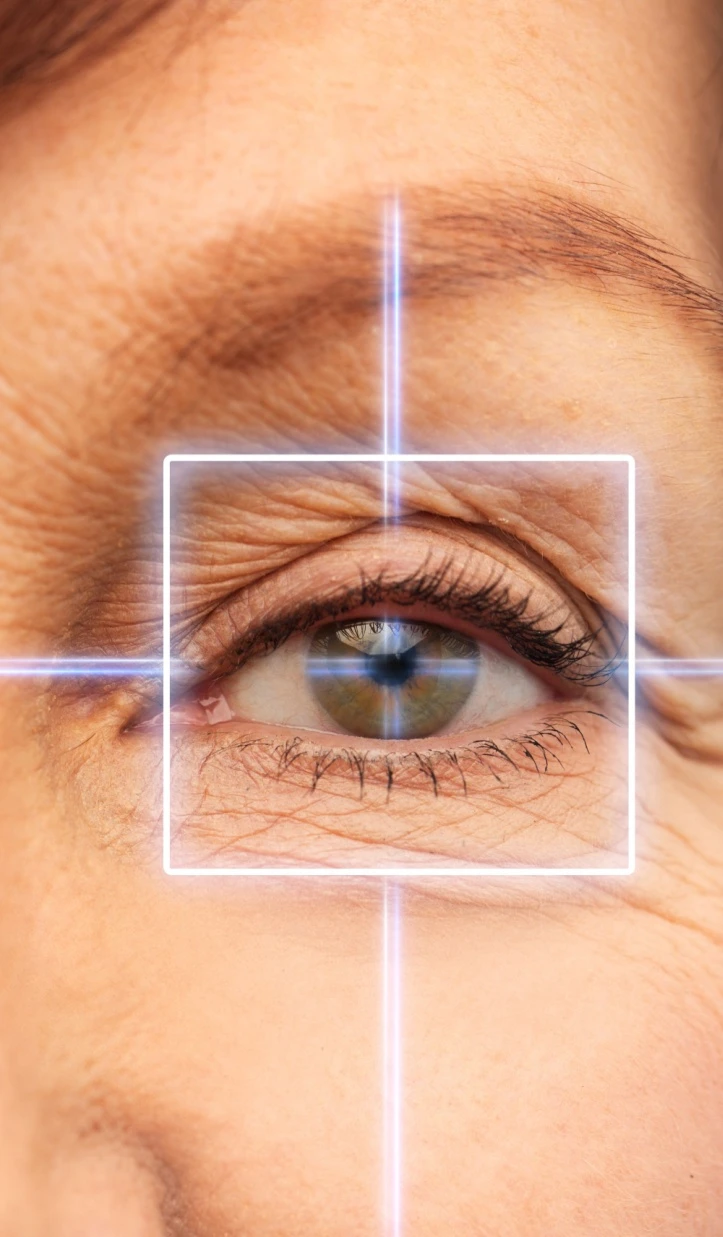
Macular Degeneration Treatment in Cincinnati and Northern Kentucky
It is essential for patients with macular degeneration, wet or dry, to seek continuous medical treatment to manage the condition and prevent permanent vision loss. At Cincinnati Eye Institute, our specialist doctors have extensive experience in the management of AMD and access to the very latest treatment technology. For more information on state-of-the art macular degeneration treatment and vision preservation, please contact us to schedule a consultation with an expert ophthalmologist at one of our offices in the Cincinnati or northern Kentucky area.
1 American Academy of Ophthalmology. What is Macular Degeneration? Available: https://www.aao.org/eye-health/diseases/amd-macular-degeneration. Accessed October 1, 2020.
2 BrightFocus Foundation. Age-Related Macular Degeneration: Facts & Figures. Available: https://www.brightfocus.org/macular/article/age-related-macular-facts-figures. Accessed October 1, 2020.
3 American Academy of Ophthalmologists. How is AMD Diagnosed and Treated? Available: https://www.aao.org/eye-health/diseases/amd-treatment. Accessed October 1, 2020.
4 National Eye Institute. Age-Related Macular Degeneration. Available: https://www.nei.nih.gov/learn-about-eye-health/eye-conditions-and-diseases/age-related-macular-degeneration. Accessed October 1, 2020.
The doctors at Cincinnati Eye Institute have either authored or reviewed the content on this site.



